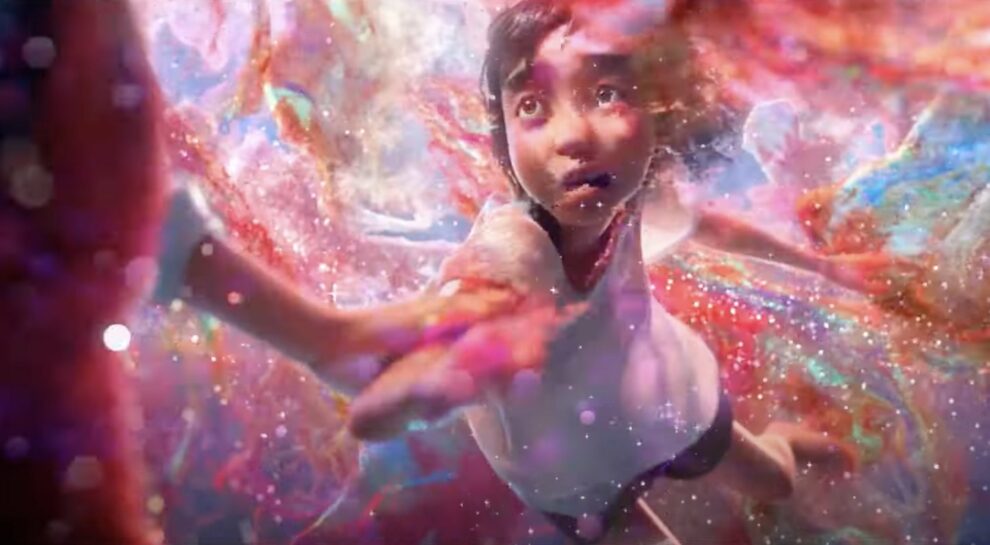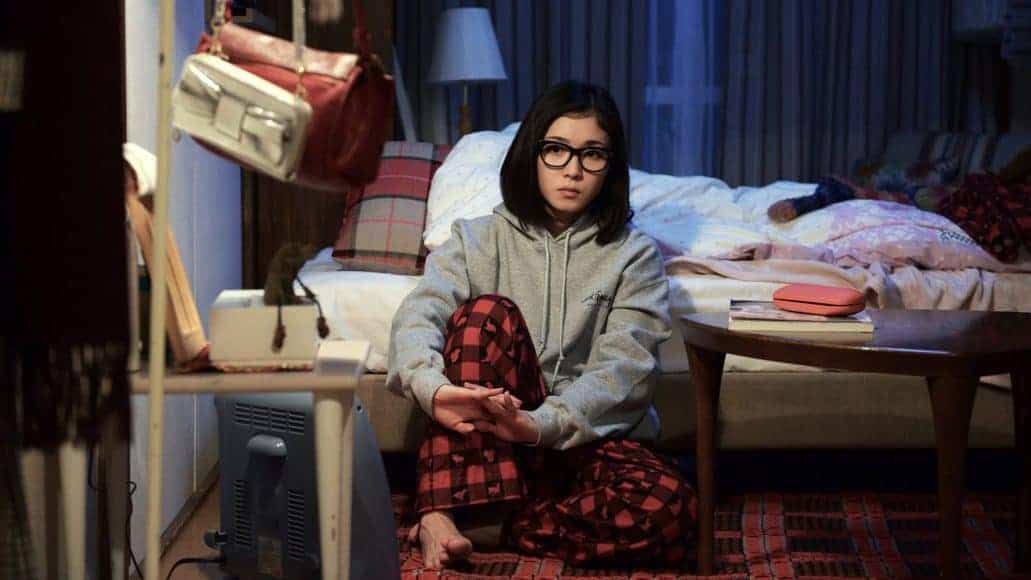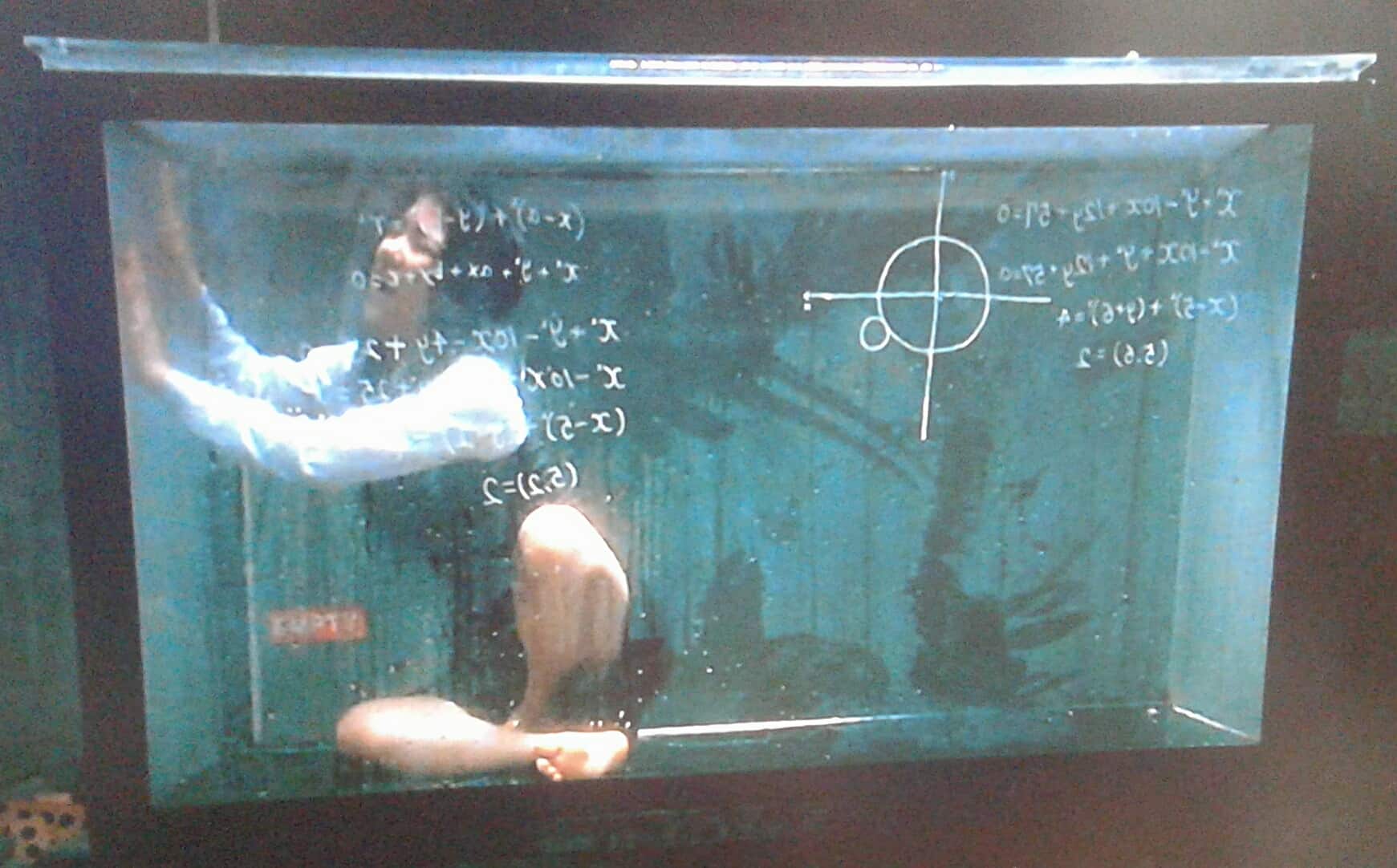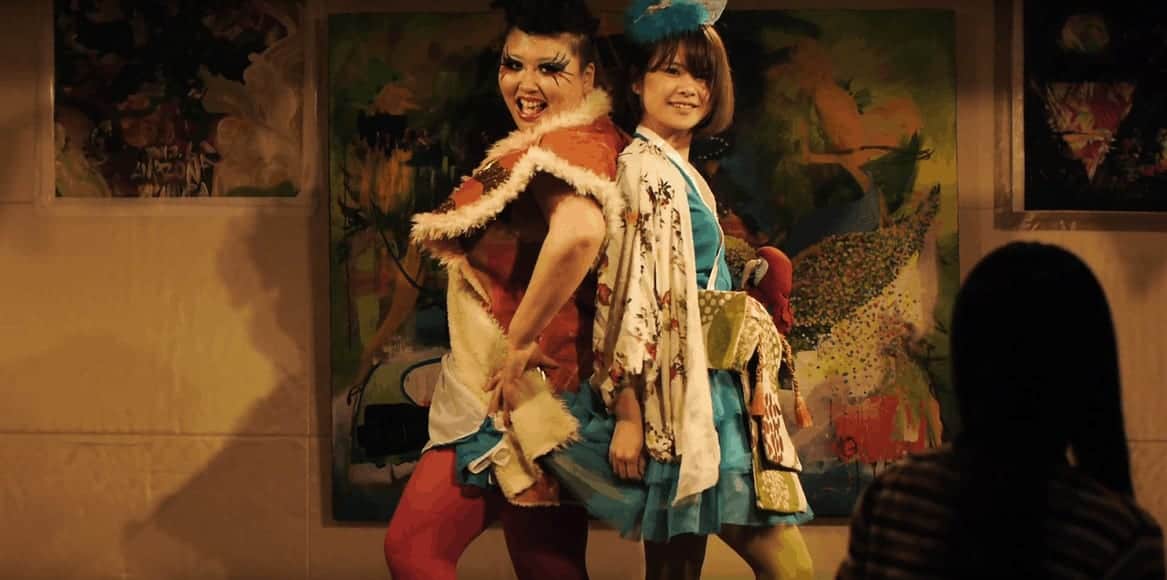After his Chinese box office hit ‘Monkey King: Hero is Back' Tian Xiaopeng is back with ‘Deep Sea' and takes a giant leap into his development as a filmmaker, both as a writer and director. ‘Deep Sea' brings him not only commercial and critical success, but also shows us what the future of (Chinese) animation could look like.
Deep Sea is screening in US cinemas starting November 24, courtesy of Viva Pictures
Young Shenxiu 's world is not a happy one. Her mother has left her and her father, and the girl feels responsible and as a result, is riddled with guilt. On top of that, her dad has remarried and seems to be giving all his attention and care to his new family. So, it is no wonder that she feels lonely and sad. She is plagued by dark dreams about abandonment, not helped by her mother avoiding all contact. When the family goes on a cruise, she hopes this will interest her mum enough to reconnect. However, during a storm, Shenxiu gets swept overboard and under water encounters a hyjinx, a magical creature. As it is humming a song her mother used to sing, Shenxiu is convinced the hyjinx can reunite them. She follows it and ends up at the ‘Deep Sea' Restaurant with its wild and experimental cook Nan He. He has other plans for the hyjinx which leads to him and Shenxiu striking a deal and setting out on a journey that changes both of their lives.
In ‘Deep Sea' Xiaopeng tells a layered story that attracts both a young and an adult audience. The story of a young girl that ends up in a magical world echoes Hayao Miyazaki's films, most of all ‘Spirited Away', but as in Miyazaki's films, there is more to the story than pretty pictures and magical creatures. And while, these definitely will charm young viewers, Shenxiu 's underwater adventures are also a vehicle to introduce themes of depression and self-preservation which speak to a more mature public. Xiaopeng cleverly structures his story leaving the viewer clues about how to interpret it from the very first scene. For instance, the name Hyjinx refers to behavior involving pranks, tricks, or practical jokes. Also, for the attentive viewer, it will become clear that things are not as black and white as they seem at first.
Check also this interview
The differences between the two worlds the story is set in are also visible in the setting of the scenes. The undersea world is vibrant and chaotic in both look and feel: it bursts with colors and is edited at a high pace. At times this makes the viewer as confused about what is going on as Shenxiu is. At the same time, it evokes a world of fiction and exaggeration. The scenes in the “real world” are more muted and paced slower, but they ground the film in reality. A good example of this is one of the early scenes where Shenxiu sits on a bus. It is raining and the windows are fogged up. The way she rests her head against the window and draws in the condensation, is something many viewers have done themselves and as a result, makes the scene recognizable, dragging the viewer into the story.
Where the 3D animation of the realistic parts is well made, it is the scenes in the magical world that truly stand out. The 3D animation used here is just stunning. In line with parts of it being set on or under water, the style mimics this fluid world. By doing this, it recalls the squash and stretch animation principle often found in work of (early) animators such as Max Fleischer. His style was a lot edgier and less based in reality than the path of Walt Disney, and with him mainstream (Western) animation, chose to take. And by referring to it, Xiaopeng shows us an alternative future for computer animation, and at the same time, the visuals remind of different painting styles. The fluidity of Chinese brush painting comes to mind, not surprisingly as the technique of Xiaopeng and his team developed for this movie has its roots in this tradition. But it also echoes western painters. One scene for instance recalls Vincent van Gogh's art, an apt reference considering the themes of the film. At other times, the animation in these scenes feels almost like stop motion instead of CGI. Here it seems to show the viewer a world that exists in reality, however that feeling of realness is as confusing as Nan He's the magical world is for Shenxiu.
‘Deep Sea' had it's international premier at the 2023 Berlinale, where it was part of the Generation Kplus selection. After that it was selected for, amongst others, Tribeca Festival, Annecy Festival, London Film Festival and CineKid Amsterdam. It was also picked up for distribution in global markets such as the United States, France, Germany, Turkey, Vietnam, Thailand and Indonesia. As often is the case with animation, it was primarily selected for the Family programs, which underlines the dual audience Xiaopeng wants to reach. However, it also feels like the film is being shortchanged, as it can certainly captivate a much wider audience
With ‘Deep Sea', Xiaopeng has made a vibrant film that sets a high standard not only for Chinese but for worldwide animation as well. It takes CGI animation to a new level while also showing us what animation might have been like had not Disney but Fleischer's style prevailed. On a narrative level, ‘Deep Sea' is complex yet at the same time accessible. This ensures that it appeals to a wide audience while simultaneously lending itself perfectly to repeat viewings.















